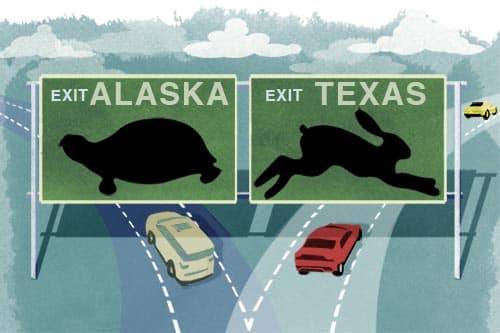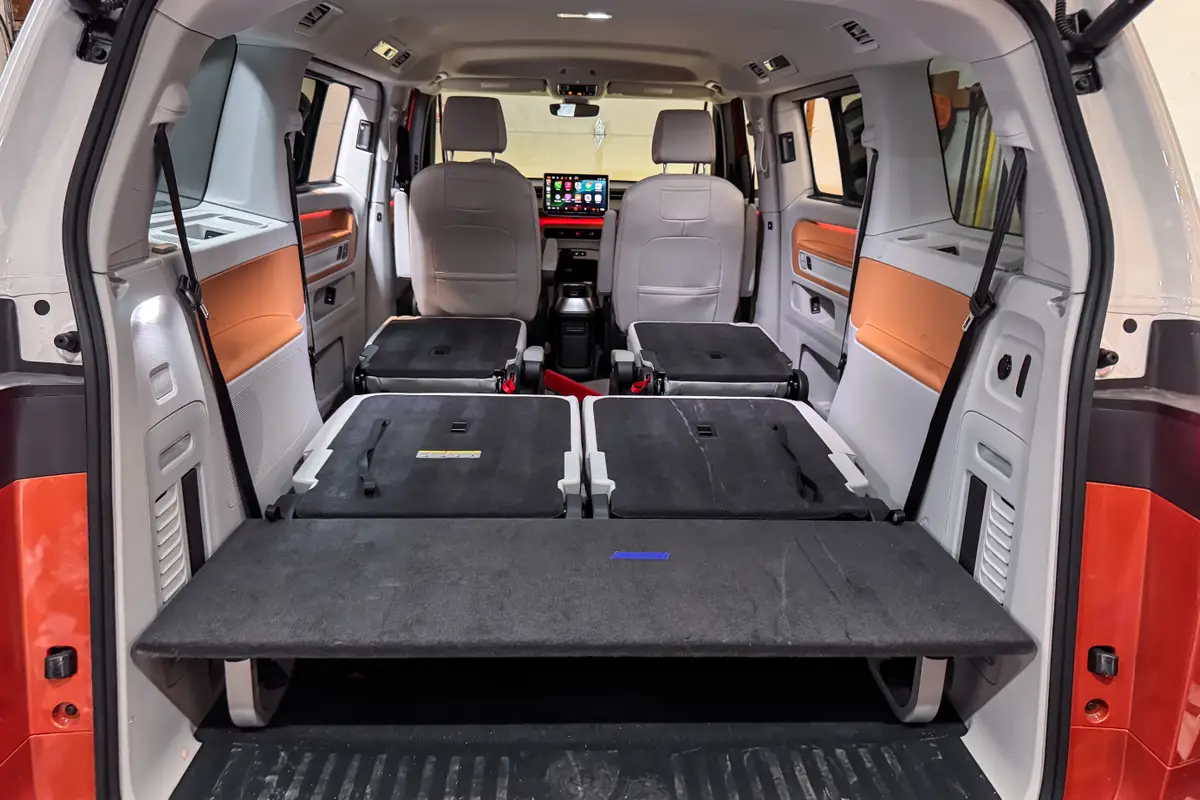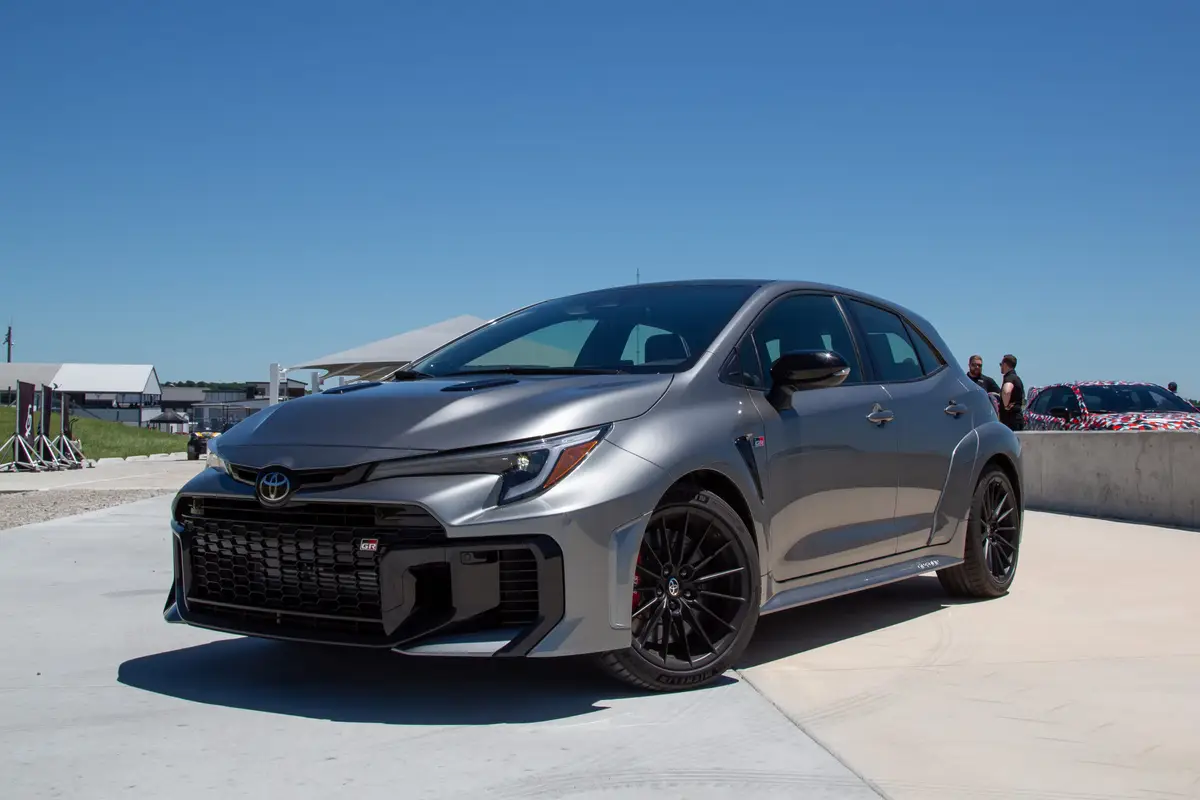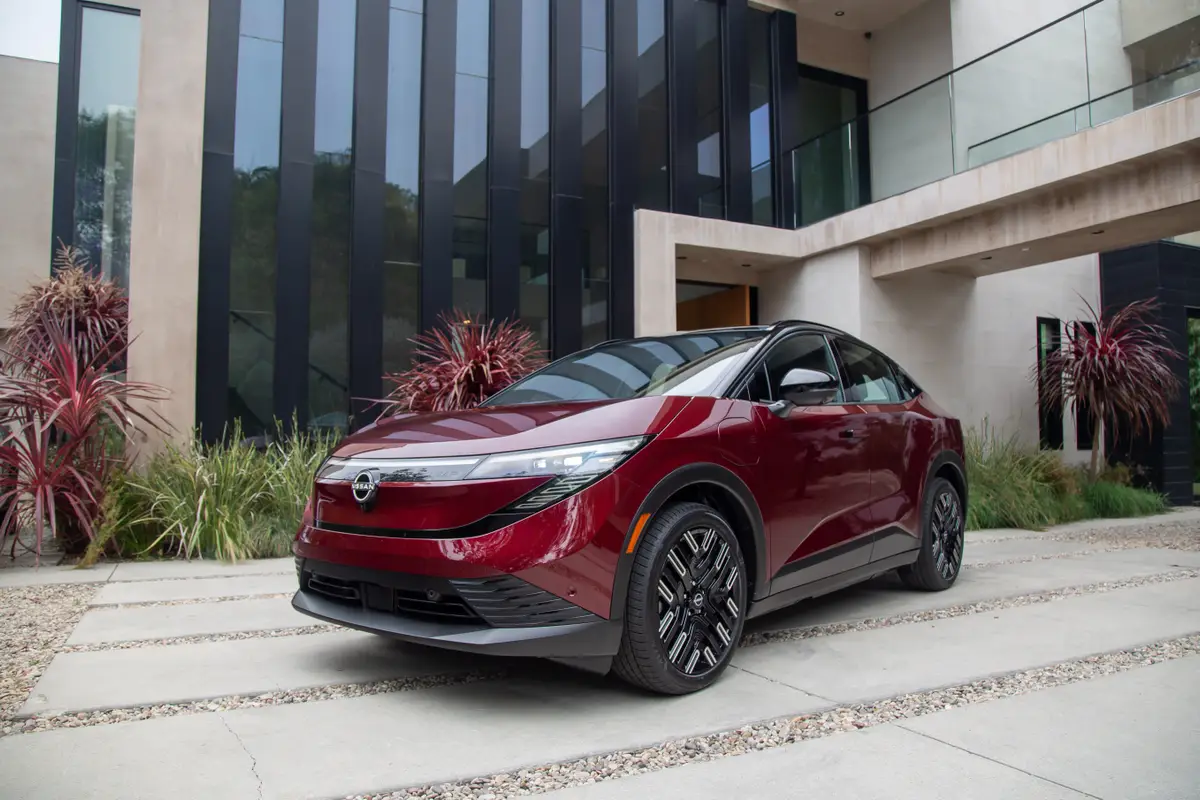Poll: What Should the Highest Speed Limit Be?


You might resent speed limits when on a road trip or otherwise with few other travelers around and a desire to be at your destination as soon as possible. Surely driving 5 or 10 mph faster can’t hurt. But you might not want to rush to judgment about speed limits. While they might seem arbitrary at times, public officials must consider a number of factors when determining an appropriate speed limit — from traffic volume to the presence of pedestrians and bicyclists to roadway design and conditions to crash frequency and severity, and even political influences.
Related: Speediest and Slowest States: Where Does Yours Rank?
A common thread usually running through any criteria for a speed limit is safety. Centuries before cars even existed, according to the Federal Highway Administration, the first American “speed limits” were set by the cities of Newport, R.I., and Boston for how fast horses and horse-drawn carriages could go in order to protect pedestrians.
“Since that time, advances in science and technology have brought faster vehicles and better roads, both of which have served to increase travel speeds for automobile travel,” a report from the FHWA’s Office of Safety stated.
Speed is cited in as many as a third of fatal car crashes globally, including more than 13,000 a year in the U.S., the report stated. Russ Rader, a spokesman for the Insurance Institute for Highway Safety, said speed limits are “ultimately a political decision” and that public officials too often err on the side of speed rather than safety.
“The popular position is to raise speed limits even though the safety consequences have been clearly demonstrated,” Rader told Cars.com. “Research shows that lowering speed limits results in fewer crash deaths, and raising speed limits results in more crash deaths. Rather than raising speed limits, we should be vigorously enforcing the speed limits that we have, and that would in turn reduce crash deaths.”
As we reported in our popular “Speediest and Slowest States” story in August, since the federally mandated 55 mph national speed limited was repealed nearly two decades ago, more than two-thirds of U.S. states have raised their highest-allowable speeds on highways to at least 70 mph — and, in the case of Texas, to 85 mph. But while most of the nation has put the pedal to the metal, the maximum speeds in several states — including Alaska, Delaware, New York, Rhode Island and Vermont, as well as the District of Columbia — still hover between 55 and 60 mph.
With so much variance among states and so many factors influencing how speed limits are set, we got to wondering: All things being equal in terms of road design and condition, vehicle performance, etc., what’s the maximum speed you think should be allowable on a U.S. highway. Take our poll below and sound off in the comments section.
Illustration by Paul Dolan

Former Assistant Managing Editor-News Matt Schmitz is a veteran Chicago journalist indulging his curiosity for all things auto while helping to inform car shoppers.
Featured stories




